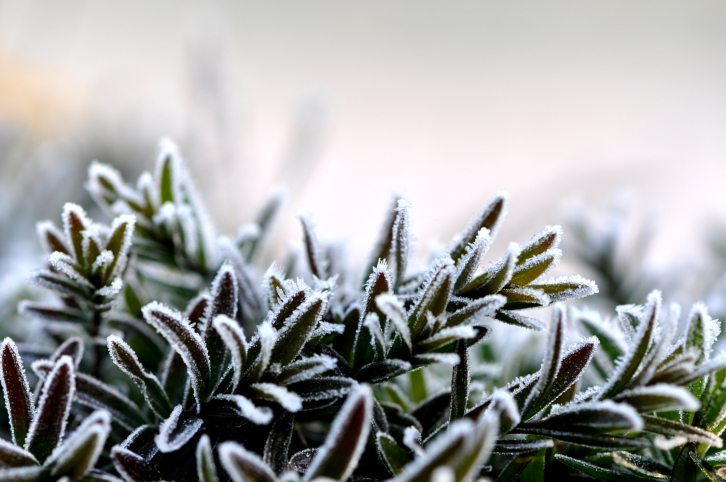
Guide to Preparing Perennials for the Winter
If you live where winter is cold, with temperatures below freezing, it is easy to define what winter means. However, if you live in a warmer part of the country, how do you define winter when it comes to perennials? Basically, winter in your area of the country is whenever your perennials go dormant. This can happen anywhere from early September in the north to late December in the south. It is the cold that induces the perennial to go dormant. Therefore, when preparing your perennials for winter, it is important to understand how that cold weather affects your plants and what you can do to prepare your plants.
Golden rule: Clean your garden bed!
Start by cleaning your perennial bed as thoroughly as possible. Cut any foliage that is not dead to the ground. Clear away the foliage and weeds. If you’ll be making changes in the spring, now is a good time to put markers in the soil as reminders what you want to put where.
Why it’s important
If you live in a cold weather climate where it snows, preparing your perennials for winter is easy once you’ve cleaned up your garden bed. Snow forms an insulating blanket over your garden. Even if the above snow temperatures plummet to zero F and below, the temperature of the ground beneath the snow typically stays around 32 degrees F. Perennials in this type of climate, with a consistent cold temperature, have no problem surviving through the winter without any work on your part.
Other steps you can take
If you live in a climate with little to no snow cover, perennials can suffer from unusual and unexpected cold spells. To prepare your perennials for winter, spread mulch 2 to 3 inches deep. Try to use organic mulch, such as pine needles, shredded leaves or straw. The mulch will help maintain a consistent ground temperature so the soil does not freeze and thaw as the temperature changes. This freezing and thawing process can result in ground heave, which can cause the perennial to shift in the soil, breaking roots and shifting the plant. The result can be a perennial that becomes stressed over the winter instead of simply going dormant and preparing for next spring.